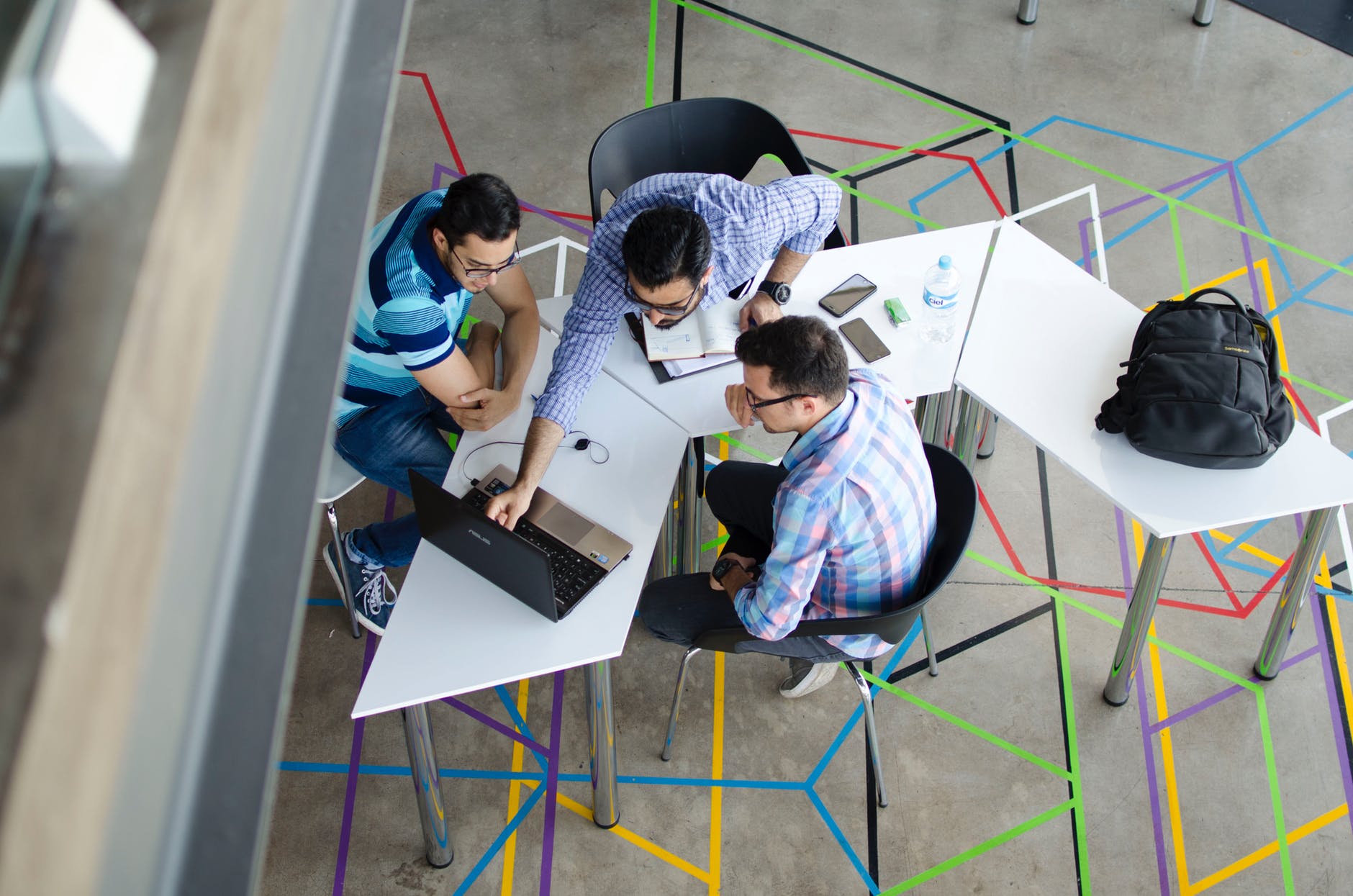When I first took off with this idea it was back in mid 2021. As the ideas started to pour out, I had to write them down and make connections to each content area. Now, I haven’t played a lot of video games, nor do I have a streaming channel or am rich from playing, but I do have many years of experience playing so making connections from games to education was pretty exciting.
I want to keep this post short, but write more later diving into each game I think could be useful for the classroom. As I took this show on the road at several conferences, I have had audience members ask if this could be implemented for elementary, and if I have some type of lesson outline to follow. As I did each conference, these questions kept getting asked and so the short answer is YES. I know of many games that can be used in elementary, and I have a lesson cycle outline that would benefit the student and teachers but that will be for another post.
I have taught English Language Arts most of my teaching career and got to work right away looking for games that could fill the curriculum of ELA, and to understate this, there are a lot. ELA comprises of story telling elements, point of view, character development, plot, fiction, non-fiction, poetry, narratives, information, language choice, and so much more. (some of this doubles yes, but you get the idea.) So if you take any narrative-driven game, that will work for the first genre or so of ELA curriculum. I recommend games like God of War (this is my absolute favorite series), Ghost of Tsushima, Legend of Zelda, Goldeneye, Kingdom Hearts, The Last of Us and so many more to push ELA units. From there, I would go beyond and see authors and websites who have created informational texts, video analysis, video game walkthroughs, podcasts, game wiki pages, and opinion pieces to teach the content I want to get across and have the students doing the research.
For Social Studies, a lot of games out there have a historical element to them. I loved games like the Uncharted series (modern day Indiana Jones), Assassin’s Creed series, The Last of Us, Horizon Zero Dawn/Forbidden West, Red Dead Redemption, Far Cry series, and so much more! These games are based on political and social elements, some have fictional stories based in historical times and the setting is based on the game developers research.
Math and science were a bit tricky, and the list of games are a bit narrow, but one big game that can cause controversy comes to mind and that is Grand Theft Auto. I know what you are thinking, how can kids learn from a game that allows people to kill and hurt for fun? The truth is, you can, you just have to look past it and learn how to leverage it for your students. In GTA you can do so much more than kill and hurt. There are parts of the game GTA V where you can go to a casino and learn how to gamble in a safe environment that doesn’t require any loss of money or addiction. You can just sit and learn how to properly play the casino games. Across the video game, users can purchase houses, businesses, and other consumer products like cars and they have to manage these properties and products. There are opportunities in the game and online mode where users can drive at certain speeds and go at top speeds to jump off cliffs and bridges. I believe this could be leveraged for math and science lessons to understand mass, force, angles, geometry and so much more.
Other games that came to mind for math and science are sports games that kids love to play so much like NBA 2K and NFL Madden. Students can learn about player stats in a game, series, career and compare and contrast with other players. These games are so advanced now that the player can create their own version of themself and live a life by selecting brands, products, houses etc. There is so much more than just playing!
I may have gone a bit over board with this post and it wasn’t as short as I intended. But, the truth is there are a number of games students play that can be leveraged for their learning, this is just a short list and a small insight as to how they can be used. Continue following this page for more educational content and more into how games can be used in the classroom to engage and enrich our students.










